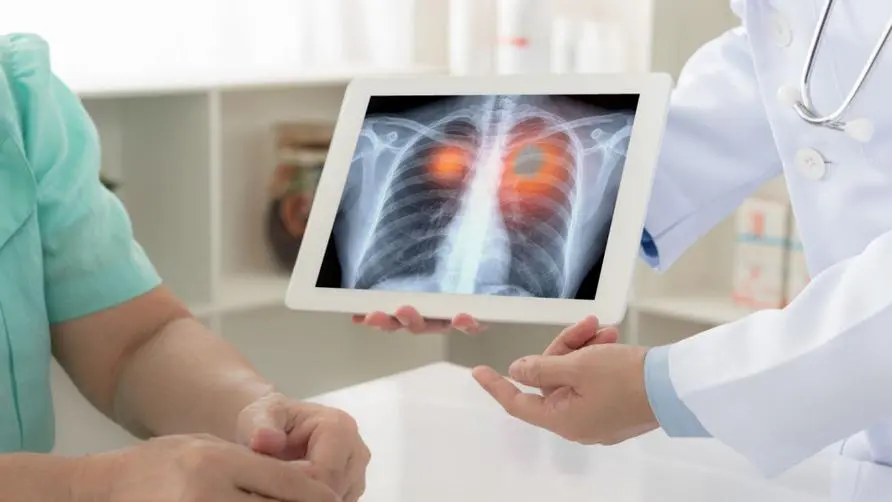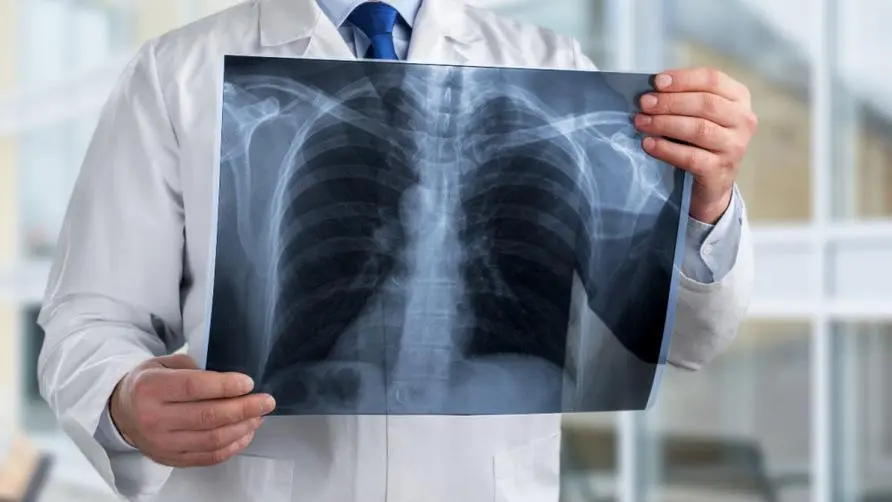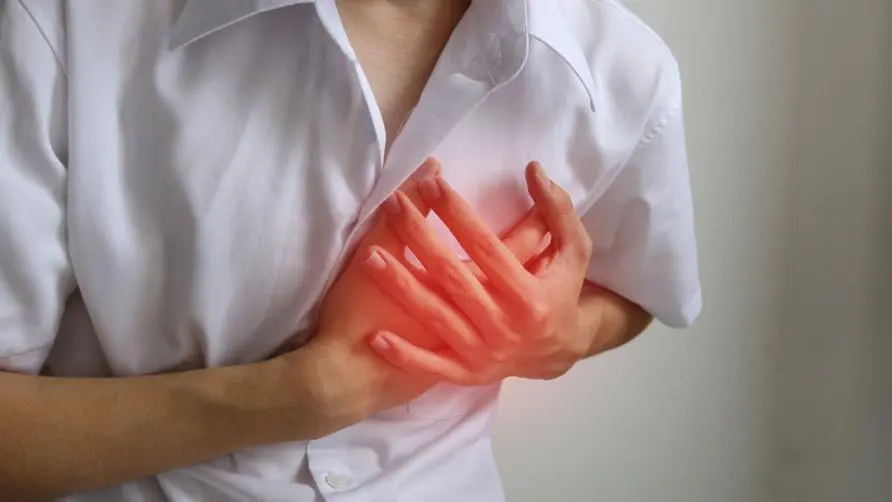She took 3 kinds of medicine and her asthma still didn't look good! The examination revealed that it was actually "pulmonary hypertension": severe shock leading to death

The 60-year-old woman’s bronchitis was still not cured after taking three kinds of medicines, and she was diagnosed with pulmonary arterial hypertension after being transferred to another department.
65-year-old Aunt Zhang suffers from chronic bronchitis, Sjögren’s disease and chronic deep vein thrombosis in both lower limbs. She has been tracked and treated in the Department of Chest, Rheumatology and Immunology and Cardiology for a long time, and has long-term use of bronchodilators, immunosuppressants, anticoagulants and other drugs. However, despite effective treatment from various departments, chest tightness and asthma still recurred frequently, which troubled Aunt Zhang.
So, on the advice of her family, Aunt Zhang went to the medical center to seek a second opinion. After detailed consultation and examination, it was discovered that “chronic pulmonary embolism and pulmonary hypertension” was the cause. After interventional cardiac catheterization and medication adjustment, the condition was gradually brought under control and the quality of life was greatly improved.
Severe fear of heart failure, shock and death! Doctors reveal 5 categories of pulmonary hypertension
The global prevalence of pulmonary hypertension accounts for about 1%. Common symptoms include chest tightness, wheezing, edema, dizziness, palpitations and fatigue. If the condition continues to worsen, it will lead to right heart failure, hypotensive shock and hypoxia. , and even death in severe cases, requiring experienced cardiologists and thoracic surgeons to diagnose and provide appropriate treatment models.
Pulmonary hypertension can be roughly divided into five categories based on different causes:
Type 1: Pulmonary arterial hypertension, caused by genetics, special diseases, drugs, connective tissue diseases, liver cirrhosis, portal hypertension or unknown reasons, causing abnormal thickening of the pulmonary artery wall and increased resistance.
Type 2: Left heart failure, caused by abnormal left ventricular systole or diastole or valve disease.
Type III: chronic lung disease, caused by lung or ventilation abnormalities, commonly seen in pulmonary fibrosis, chronic obstructive pulmonary disease, restrictive lung disease, sleep apnea, or high-altitude hypoxia.
Type 4: Chronic pulmonary embolism and pulmonary hypertension are common complications caused by pulmonary embolism. Chronic thrombosis causes pulmonary artery obstruction or hardening, leading to increased resistance and pressure. There are also other possibilities such as pulmonary vascular tumors, arteritis or parasitic infection.
Type 5: caused by multiple other factors, including sickle cell anemia, sarcoid, hyperthyroidism, renal failure and other problems.
Among these five types, type 2 and type 3 are the most common and easiest to diagnose, while the remaining three types are rare. Experienced doctors are required to effectively improve the diagnosis rate of the disease. According to past statistics in the United States, the mortality rate related to pulmonary hypertension is approximately 8 per 100,000 people, so it must be approached with caution.
How to judge whether you have pulmonary hypertension? Watch out for 3 signs on cardiac ultrasound
Appropriate examination tools must be used to diagnose pulmonary hypertension, including blood tests, electrocardiograms, chest X-rays, cardiac ultrasound, computed tomography, nuclear medicine scans, magnetic resonance scans, cardiac catheterization hemodynamic testing or angiography, etc., depending on the Further relevant examinations will be arranged for the condition.
In 2022, the European Heart and Thoracic Society has revised down the definition of pulmonary hypertension as mean pulmonary artery pressure greater than 20 mmHg (previously required to be greater than 25 mmHg); and recommends that if cardiac ultrasound examination reveals right heart enlargement and tricuspid valve If the countercurrent flow velocity is greater than 2.8 meters/second or the right ventricular contractility decreases, it is necessary to further determine whether there are diseases such as pulmonary hypertension. Once the diagnosis of pulmonary hypertension is established, the cause of the type must be determined, corresponding treatment must be provided, the disease risk must be graded, and the efficacy of treatment must be reviewed.
Many diseases are easy to hide and difficult to diagnose at the first point of time. For example, long-term coronavirus after infection with the current new coronavirus includes related cardiopulmonary comorbidities: pulmonary fibrosis, microthrombosis, arrhythmia, pulmonary hypertension, etc., leading to The residual sequelae are difficult to cure for a long time. Detailed judgment is needed to arrange further examination and treatment in order to truly solve the long-standing problem.
Further reading:





